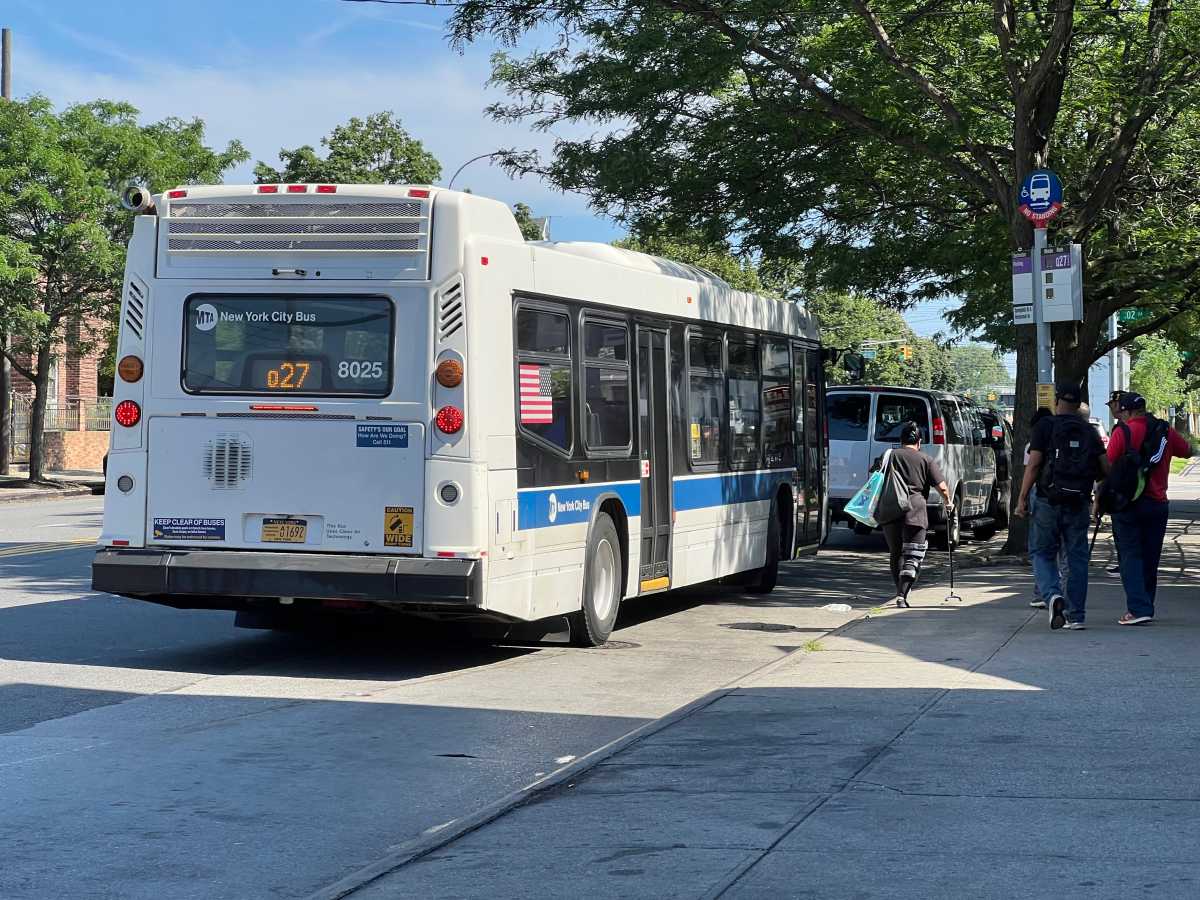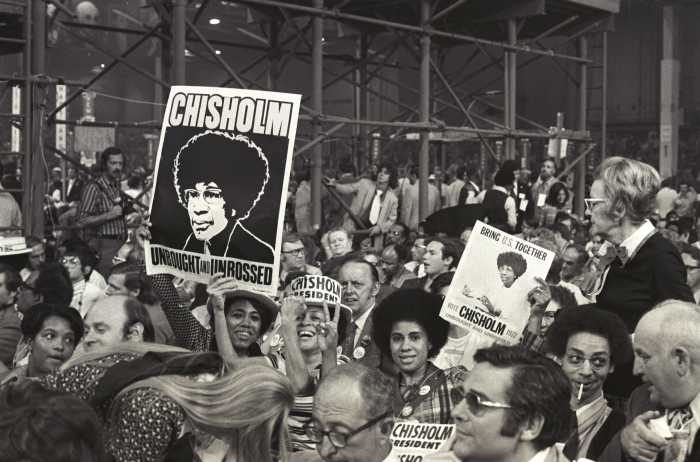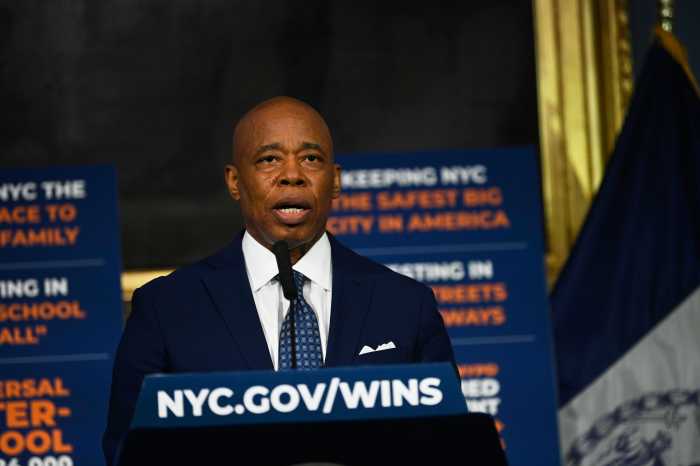Horse racing has existed for thousands of years. As a recorded sport, equestrian competitions date to the Ancient Olympics Games in Greece between 700-40 BCE. Chariot owners, not riders, received wreaths as prizes.
Fast forward to the 17th century, Long Island was home to North America’s first organized horse racing meet in Salisbury (now Greater Westbury and Garden City). The sport spread across the continent and proved popular, although organized racing didn’t begin until after the Civil War in 1868, when The American Stud Book was founded, followed by the formation of The Jockey Club in New York in 1894.
By the turn of the century, more than 300 racetracks existed in the United States as the focus became less about prestige and more about legalized gambling. All but a few annual races, including the Kentucky Derby and Belmont Stakes, held on to sporting traditions. Horses were now treated as commodities instead of elite athletes. If and when they no longer produced results, they were sent to “the glue factory.” PETA reported that “the Thoroughbred-racing industry sends an estimated 10,000 horses to slaughter annually.”
According to the most recent research by the New York State Gaming Commission, “In 2015, the Commission endeavored to locate all New York-bred Thoroughbreds that raced between 2010 and 2012 and haven’t raced anywhere since, with the ultimate goal of providing a snapshot of the size and scope of the issue of retired racehorses in New York State. The Jockey Club graciously provided the Commission with a list of such horses, including the date and track of their last race of record. Of the 3,894 Thoroughbreds that fit the criteria, the Commission has been able to locate 1,871 horses (approximately 48 percent).”
According to the commission, of the 1,871 horses the commission has located: three were confirmed to have been sold at auction, 356 are deceased, and 1,512 are retired in some shape or form (retirement, second careers, adoption or stud). The whereabouts of 2,023 horses were unknown.
Recent reports of deaths among active thoroughbreds have sparked serious concern for their well-being. Twelve died in New York in July alone, with 11 deaths occurring between July 8 and 18. More than 50 horses have died or been euthanized since the beginning of 2019 throughout New York’s 11 racetracks, according to data compiled by the state.
After the reporting of 30 horse deaths at Santa Anita Park between December and June, Los Angeles is considering becoming the first major city to ban not just gambling on racing but the entire sport altogether.
Horse racing may have historical origins but the sport has lost sight of its most important contributor: the horse itself. If this precious animal is treated only as a disposable product — a means to a dividend — how is this “sport” any different from the meat industry?
Raj Tawney is an essayist and journalist in New York who writes about entertainment’s impact on society.
This is a guest column for amExpress. Mark Chiusano is on assignment and will return next week.





































